Curú National Wildlife Refuge – The Rule of Nature
When I’m rushing from the Paquera Ferry to reach my destination at Tango Mar or another place, I generally don’t pay much attention to what’s next to the road. In part it is good, because the path winds quite a bit and one has to concentrate. However, it is also a shame, because I have already passed the entrance to the Curú Refuge several times without realizing it.
Like Tango Mar and many other gems, Curú is a bit hidden, you have to go look for it. And that’s what I do.
The entrance is on off the main road, and to my surprise I find myself among the meadows.
However, a little later I arrive among the trees and immediately the atmosphere changes. It breathes quiet. Silence reigns. Human silence, at least, which allows me to better hear the sounds of animals and nature. I automatically try to drive in silence as well, and it is with apprehension that I turn off the engine in the small space provided for cars.
Curú was the first private wildlife refuge in the country and was declared a National Wildlife Refuge in the 1980s, although it continues to be privately managed. And, although there is still some livestock and fruit production, the focus is on ecotourism and environmental education.
Above all, I want to walk, to know if it is true that Curú is a hidden paradise. There are several trails, some shorter than others, that lead to different parts of the refuge, including Quesera Beach – known for its crystal-clear waters and white sand.
It strikes me that, although there are no instructions in this regard, we visitors walk almost without speaking, and those who speak whisper so as not to get in the way of the animals. And indeed, there are quite a few animals. Curú is home to more than 300 species of animals and an abundance of plants.
I start along the monkey trail, but the first thing I see are… coatis. They sniff around the road as if it were their own, indifferent to the human beings who pass by there too. Howler monkeys can be heard in the trees.
I pass over a wooden bridge above a small estuary, surrounded by mangroves. I hesitate between the Monkey Trail and in the end, I take the Quesera trail. I realize that I would like to have much more time than the few moments I have, and I decide to just enjoy the place, walking a little, admiring the animals and the beach. Before getting back into the car I buy some souvenirs for the family, but above all to support the conservation of this beautiful place.
Almost at the exit, next to the river, I turn off the engine for a moment to enjoy the sounds again. A sign warns of danger because crocodiles live in the water, but for now…peace reigns. I take a few more deep breaths, eyes closed. When I open them, I am sure: I have energy to return to the daily race.
Turtle Island
Ever since I learned that the movie “1492” was filmed on Turtle Island, I wanted to go see that island – how special it had to be if it was considered the ideal place to reconstruct an arrival that in reality took place on the other side of the country, In the Caribbean Sea. And from Tango Mar it is a great option.
At the reception, Juan, who will be our captain today, picks us up to take us to a small dock a few minutes away, where we take a boat (smaller than Columbus’s, but who pays attention to this kind of details…). There are eight of us to get on, some with the faith of one last adventure before going back on the way to Europe the next day.
The sun is shining, the breeze is warm, the surrounding landscape is beautiful, and the water splashes us a little as we gain good speed towards the island.
Suddenly the engine stops. We look at one another, surprised. Engine failure? But Juan has everything under control. “Dolphins,” he says calmly. And indeed, a few moments later we see them too. Not one or two, but several, playing in the water. Jumping, swimming under the boat, at the same time, almost as if waving. What a thrill!!
We stay for a little while, happy for this unexpected luck, admiring the elegant animals. Almost sad when Juan starts up again, but he has another beautiful surprise for us. Once close to the island, next to a rock guarded by great herons, he hands each of us a snorkel, and invites us to jump into the water. Fish of many colors, small, in large quantities. Too much beauty.
Luckily, Juan keeps us a little away from the larger boats, from where – contrary to the instructions – food is thrown into the water so that the fish can arrive and be admired from there. We enjoy seeing them in their natural habits.
Then, we arrive at the island. For a long time almost virgin and desolate, it is now quite a touristic place. Joyous music plays from loudspeakers, young people play volleyball, and several rows of beach chairs line one end of the beach. The beach is quite full; however, Juan manages to find us a place a little away, from where we can enjoy the beauty of the place in almost silence.
Only part of the island is public, like every beach in the country is. Once past the beach, already under the shade of the trees that line it, it seems like another world. I discover a family of peccaries walking idly, a white-tailed deer, some iguanas.
They are now accustomed to the presence of humans: the iguanas walk between the tables and some brave peccaries even venture to the beach, in search of something edible left by tourists. But there is no garbage, and they return to their own place.
We enjoy a delicious lunch, splash around in the water for a while and then it is time to head back – the day flew by again. It has been another beautiful experience.
Magical hours
Tango Mar is one of the few privileged places from where you can see both the sunrise and the sunset, although the latter is a little to the side and behind the mountains. To experience a little more of the magical hour – this is what the moments before sunset is called, when the sky is painted in bright colors and everything takes on a warmer tone – from Tango Mar you can take the ‘Magical Hours’ tour.
On this tour, the part gliding by the mangroves can be included only when there is high tide, and the bioluminescence only when there is a new moon. And of course…there is no promise that the sunset will be equally spectacular every day. Everything goes at the rhythm of nature, but that is part of the adventure.
The tour starts at 4 in the afternoon; By car we go to the other side of Bahía Tambor, to the estuary of the Pochote River, about 15 minutes from Tango Mar. Years ago, this was only a fishing area. There is still fishing, but now boats are also arriving to pick up tourists. William is our guide with Blueline.
We are lucky, there is high tide so we can take a trip along the mangroves in the estuary. These mangroves, I learn, not only capture more CO2 than other trees and are a good barrier against hurricanes, but they are also home to some 200 species of animals. And as is customary in this region: wherever we go we are accompanied by animals, in this case we spot several blue and white herons.
We glide calmly through the waters, and from time to time I close my eyes…pure pleasure.
After the mangrove it is time to go to Muertos beach, where the sunset awaits us. We head towards the bay, flanked by mountains that end in the shape of an alligator on one side, a crocodile on the other… with a bit of fantasy. By now the sun is clearly setting, giving a golden glow to the water and sky.
We couldn’t find out where the name of the beach comes from, a name that seems quite gloomy to me. One explanation appears to be that because the beach is still so desolate and virgin, it seems ‘dead’ (there is nothing fun to do). Be that as it may, when we arrive it is anything but gloomy. The boat stops right in front of the beach, where some young people from Blueline welcome us to a table with delicious fruits, patacones, fruit juices, beers, sangria, etc. Perfect to get ‘in the mood’ and enjoy the sunset.
The beach is beautiful. White and warm, with very gentle waves. Almost out of sight is the restaurant ‘Los Vivos’, for those who want to eat a little more, or even wish to stay. I keep to the beach, and from a log in the sand I see dozens of hermit crabs walking from one side to the other, getting into the sand and coming out again.
And then… the sunset. Spectacular. The cameras are ready, we all try to capture the impossible: the exact feeling of experiencing so much beauty. However, it is as always: to really grasp it, you have to experience it.
We stayed a little longer, as if we were waiting for the sun to return, like the singers at the end of the show when the applause continues. But there is no second round, and we go back to the boats.
In the dark water now – it’s new moon – William explains bioluminescence: a light produced when certain microorganisms transform their chemical energy into light. Sometimes it is seen as a blue or green phenomenon in the water, when there are many organisms.
We didn’t see it like that today, but William, who researched the topic during his studies, uses a bucket of water to allow us to experience it up close: when he throws the water into the boat, it reacts with the oxygen and little lights are seen. For a better example, his companion Allen jumps into the water – thousands of little lights twinkle aroun
Impressed, almost in silence, we return to the estuary, where we say goodbye to the guides, grateful for the beautiful experiences we had – it really were several magical hours. Time to take the road back to Tango Mar and end the day with a delicious dinner.
With 50 babies to the beach…
Yessss!! You read that right. 50 babies… baby turtles, that is.
Tango Mar supports the “Tambor Bay Turtles” project that works to protect turtles – hawksbill turtles in this case.
Turtles nest mainly from July to December, the peak month being September. A hawksbill turtle has 1 to 3 nests per season, the first has between 95 and 120 eggs, the next a little less.
The nests are visible by the marks that the mother turtle leaves in the sand when coming from the sea and returning there. But that way, they are also easy to find by poachers who sell the eggs even if it is prohibited in Costa Rica, as well as dogs and some birds such as the black hawk.
In nature, of 1000 eggs, in the end less than half reach the sea and only 20 reach adulthood. In the project, more than 3,300 baby turtles have already been released into the sea this year, 90% of the eggs collected.
Therefore, during the nesting period, project volunteers patrol the beach every day to find nests and transport the eggs (in bags and with sand, so as not to touch them) to a safe place where they simulate the nest and protect it for 45 days, which is when the little turtles start to hatch.
The babies hatch at night, and once they reach the surface, they must go to the water soon. So, again with gloves, they are collected and put in cardboard boxes to be taken to the beach a few meters from the sea, in an area where there is no problem for them to find the water on their own.
When we visited the project, we were lucky that 50 hatched that night, and I was able to attend the liberation. Pure emotion, seeing those little turtles move clumsily at first, then with more confidence, and at the end let themselves be carried away by a wave.
To guide them, Olger, the project coordinator in Tambor, stands with a white light in the water. And with red light we go in search of those who accidentally take the wrong direction. Until the 50 reach the water.
For this work, the project needs volunteers between July and December. During the year 2022, 115 signed up, but in 2023 only 24.
If you want to volunteer or financially support the project, talk to Olger García, at 8389-3336, or send your support to one of the bank accounts indicated below.
All patrolling, egg collection and monitoring activities are under the strict rules, licenses and permits of SINAC, the National Conservation System of Costa Rica.
To the Solitary Tree with Valeska
Tango Mar is located at an ideal distance from Nicoya’s famous solitary tree to visit on a horseback ride. A little trip that I didn’t want to miss. But…on horseback…hmmm.
When I arrived at the stables there were already other people for the ride – they too hadn’t ridden in a long time. Cornelio, the guide, showed each of us a horse. In my case, it was the mare Valeska. I hesitated for a moment, but seeing she looked at me calmly and with beautiful eyes, she convinced me and I mounted her without fear. We had a click (according to me…).
The ride started through the trees behind Tango Mar. A fairly narrow path, but it was no problem for the horses. A little unsure at first, we soon found a rhythm that allowed us to talk and really enjoy the ride through the forest that threw a delicious shade.
We rode quietly, interrupted from time to time when Valeska wanted to walk alongside her friend and tried a gentle jog.
We were not alone in the woods. Above us we heard some howls, and we saw howler monkeys playing in the trees, jumping from one tree to another. Above them and us, we saw some scarlet, elegant and colorful macaws. There was even one that sat on a branch, as if to pose for us. It turned the trip into an even more special experience.
The road went downhill for a while and suddenly we found ourselves on a beach. We stopped for a moment to feel the breeze and admire the beauty of the place.
Then, on we went again among the trees – blessed shadow! – and, back at the edge of the sea where, suddenly, we saw it: the solitary tree. The name is no exaggeration. It really is alone in the sea, has its roots in the water, and when the tide is low you can see them reaching out for several meters.
I was very impressed. Alone, its roots in the water, with no other sound than the gentle beating of the waves against its trunk, it gives us an example of resilience and willpower. Proudly out of place, splendid in its solitude. I felt small and humble in the face of so much greatness, but above all…marveled at seeing it.
Cornelio, the tour guide, says that the tree has been around for more than 100 years. They also call it “the Tree of God,” and according to some locals it grants them miracles. To me, just seeing it survive there seems like one.
When we returned to Tango Mar I said goodbye to Valeska as to an old friend. She, with the same look as before. It was clear to me… the click was imagination, but I was still happy with the ride. It was worth it!
Tango Mar’s own heroes
What does it mean to work at Tango Mar? Well… imagine having the sound of the waves in the office, hearing the monkeys and parrots in the palms in front, and sometimes even seeing the whales playing in the ocean. And with all this, the tropical heat tempered by a delicious breeze.
Moreover, we are lucky enough to be welcoming persons who, almost without exception, are happy to get here and hoping to pass some exceptional holidays. We see smiles and happiness, and it’s no wonder.
One would think that, when living or working here, we somewhat forget the world ‘outside’, but far from it. If you have been at Tango Mar, you may well have been welcomed with a warm smile by Cindy, or your invoice at the end may have been reviewed by Yansy from accounting. Both work in Tango Mar, but they are also active volunteer forest firefighters with Sinac.
Last summer, when Canada was ravaged by forest fires to the point of needing international help to fight the fires, Yansy and Cindy left work and home, put on their boots and signed up, together with 41 other volunteers chosen by Sinac from among its active forest firefighters.
“The conservation of forests motivates me, I want future generations to be able to enjoy everything that the forests in their different ecosystems offer us and that we enjoy”, Cindy clarifies.
For Yansy, the leap into the unknown was huge: the furthest she had been away from home unti then was to the capital San José, however, encouraged by her daughters, now she packed her bags for abroad. “Everything was different… the language, the country, the climate, … it was like arriving in another world”, she remembers.
Both young women agree that what impressed them most was the emphasis on people’s safety displayed by their Canadian colleagues. “They don’t do any rush work, they first have an action plan which always emphasizes everyone’s safety”, Cindy explains.
Now, back to normal, they remember especially that it was a great experience. “I feel infinitely grateful for the great opportunity I had, a wonderful experience with great learning”, says Cindy.
Yansy also highlights the beautiful welcome they received, and like Cindy, although after the first month they already went back for another deployment, if they ask her again, she goes again, she says with conviction. And, smiling, she adds: “Well, that is, if my husband and my employer give me permission.”
Over time, the memory of those hard days will fade, but the satisfaction of having done an extraordinary job remains. And also, our respect and admiration for our heroes.
Getting there!
Tango Mar is a diamond, and just like that precious stone, you can’t find it by just looking around…you have to really search for it to be able and marvel at its splendor and beauty. And continuing with the comparison… once you find it, the only thing you can think is “it was really worth it all”.
Below are some tips so that you can find this jewel more easily.
Are you coming from the airport Juan Santamaría, from San José, or from the South?
Think first if you will want to move around a lot when in Tango Mar. If not, and you prefer to enjoy the place, the beach and the water, or you plan to choose one or more tours that pick you up and drop you off at the hotel, consider flying. The domestic airport, served by Sansa and Green Airways, is next to the International Airport Juan Santamaría, and from San José to Cobano is a 30 minutes flight, with a small plane flying low enough to guarantee you a splendid view of Costa Rica from the air. Also, if you notify us in advance, Tango Mar will take care of picking you up at Cobano airstrip.
If, on the contrary, your idea is to enjoy Tango Mar also as a base to discover the region by your own means, it is more comfortable to have a vehicle nearby. In that case, calculate about 4 to 5 hours of route. I recommend route 27, which has 2 lanes in various parts – you will notice that is a real luxury in Costa Rica – and in about an hour and a half gets you to Caldera where the route reaches the sea. From there, you travel to Puntarenas (about 20 minutes) to take the ferry to Paquera. Avoid waiting times and buy the ticket in advance.
If you prefer not to go by ferry, there is an alternate route along the Interamericana Norte (route 1), crossing to the Nicoya peninsula via the La Amistad Bridge over the Tempisque River, then heading towards Paquera. That is over 100km more of the route, but there are also beautiful views of the Gulf of Nicoya.
Do you come from Liberia, Nicoya or the North?
If you come from Liberia, you also have the option of flying (it takes 30 minutes) – the domestic airport is on the first floor of the international one.
If you are driving, from Liberia it is 150 km along Route 21, which takes you through the Nicoya peninsula to Paquera.
I’m in Paquera, now what?
In both cases, ferry or route, from Paquera you follow the route to Cobano. It’s about 30 km, but it lasts 45 minutes because there are many curves and you shouldn’t speed – also, when rushing you’d miss out on quite some beautiful landscapes. Once you pass the Tambor hotel on the left side it is about 6 km more, after 5 km you start to see the signs for Tango Mar. Look closely, because the driveway is small. Also, if you have been using Waze, once off the main road you better ignore it because it is wrong there. Let yourself be guided by the Tango Mar signs, because at any time now you will see it in front of you and you can start your vacation.
Finally, wherever you come from, don’t forget that at Tango Mar we will gladly help you organize the transfer. Contact us, we are here to serve you.
Some interesting links:
Sansa: https://www.flysansa.com (from San José and Liberia)
Green Airways: http://www.costaricagreenair.com (only from San José)
Ferry: http://navieratambor.com
Guide by Waze or Google Maps: Tango Mar Beach Hotel, Spa & Golf Resort
The sun shows off
It’s magical to wake up at Tango Mar and to see the sun come up with a soft golden reflection on the palms in front of the window. To hear the crash of the waves. To step out onto the deserted beach and watch a lone bird fly just above the water, looking for a careless fish for its breakfast. To think of nothing else but the privilege of being here, as if the world were yours.
At Tango Mar, we go the extra mile to make your stay with us unforgettable. Our staff works hard so you really feel on holidays, and in our kitchen we prepare your meals with the best ingredients…and with lots of love.
However, the most special experience when here, we cannot organize or sell you. We give it to you for free: the enjoyment of sunrise on one side and sunset on the other side of the beach. The sensation of peace when hearing the sound of the waves.
What we can sell you is a delicious coffee before breakfast, so you can enjoy in on the terrace and close your eyes, while the birds in the trees wake up and get ready to stare their daily concert, and little by little fill the day with life and joy.
We can organize your day with activities for all ages and conditions, so you never forget your holidays with us.
And for you to be back for the golden hour, when the sun slips down behind the mountain, in a spectacle of fiery colors that gradually fade to let the night pass.
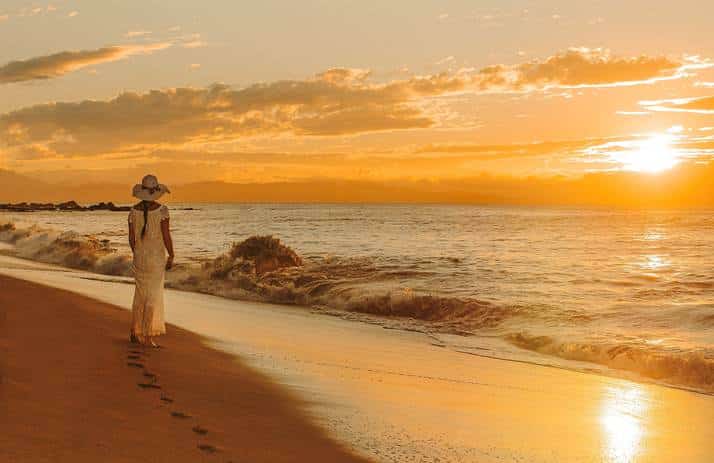
If you are lucky and the sky is cloudless, it is possible to see thousands of stars above the sea. And then, little by little, the sounds of the day vanish again, so you can fall asleep with no other sound than, once again, the crashing of the waves.
The great Scarlet Macaw
The scarlet macaw, ara macao or guacamayo – the name alone sounds like a latin dance – with its splendid colors, boisterous chatter and graceful flight speaks volumes to the imagination. And not just ours…
For the Aztecs, this bird was related to the sun, and its feathers highly sought after for elaborate headdress.
It was also the case for the Maya, who worshiped the plumage, which colors for them represented the sun and the sky. Many drawings on the Mayan ruins of Copán, Honduras, bear witness to the importance the macaws had for them. It impressed them so much, Honduras chose the bird as its national symbol.
Closer by, here in Costa Rica, for the Maleku people (indigenous people in the Guatuso area, Alajuela), the bird is sacred as it symbolizes the creation of the universe. Also, did you know the scarlet macaw is like the swan? It has only one partner in its entire life. That is why it is also a symbol of fidelity.
The scarlet macaw can be found in large parts of Latin America, from Mexico to Bolivia, and it seeks out the humid tropical rainforests near the sea or lakes. In Costa Rica, it was previously found on both coasts, however, now it is found almost exclusively on the Pacific side. The biggest population in our country is found in Carara National Park.
Macaws can measure up to 80cm, from the tip of one wing to the tip of the other and weigh almost 1 kg. It mainly feeds on seeds, although it also eats fruits, insects and even some flowers at times. As they like to fly high, they are mainly found in the treetops, and they nest in high hollow trunks. One of their favorite trees is the kapok tree (ceiba).
In the wild, macaws often don’t reach more than 15 years of age, although they are known to reach 70 years and more.
However, not all is pretty, and the scarlet macaw has been victim to its great qualities. So much beauty, besides its intelligence allowing it to learn tricks and word, and imitate voices, made that many persons wanted to have them as pets and put them in cages. Fortunately, the world and our way of thinking has evolved, and today, in many countries – including Costa Rica – it is no longer allowed to have them in captivity.
In the year 1990, the species was almost extinct in the country. Now there is more hope again, thanks to protection programs that favor planting the preferred trees of these birds for their nesting, like kapok and javillo; environmental education in the villages to stop the theft of the little birds and hunting, and other actions such as the commitment to ecotourism, it was possible to increase the population of scarlet macaws in recent years. Still, many macaws that have been in captivity cannot be released again in the wild and remain in sanctuaries like the Naruwa Wildlife Sanctuary.
With all the above, it will be clear to you…. When we see the scarlet macaws soar through the skies here at Tango Mar, as if it’s the most normal thing; when we listen to them chatting away in the afternoon in the trees… we cannot help but feel an immense happiness and a great privilege to witness and see these birds with such beauty, such elegance and above all… in such freedom.
Sources:
https://es.wikipedia.org/wiki/Ara_macao
https://www.revistas.una.ac.cr/index.php/ambientales/article/view/12101/16790
https://areasyparques.com/peligroextincion/aves02/
Let’s go whale watching!
Talking about whales is speaking in superlatives: adult, these animals can measure up to 15 meters and easily weigh an impressive 30 tons.
The whales seen in Costa Rican waters are humpback whales. They get their name from the ‘hump’ on their back that is even more visible when they dive into the deep. Often the first thing we see of them is the jet of water that is produced when they exhale. It can reach three meters in height and betrays the presence of the animal.
The humpbacks are the most gymnasts of all, because of the turns they take … their high jumps sometimes make them come above the water surface completely, throwing themselves up and turning to land on their backs. They give quite a show. Also, they have become used to the tourist boats that seek to see them, and they come to play very close at times.
They are also known for their songs, especially the males. These can be heard up to a distance of 20 km, and there are known cases where they sing for a whole day.
One would think that being so big, what they eat will also be big … well no … they open their mouth to let thousands of liters of water enter. Then, with their tongue, they scoop out the water and what remains what they really want to eat: krill, plankton and small fish.
Like humans, whales are mammals. From the age of 5, every two or three years, females usually have a young, which weighs almost a ton at birth. Their pregnancy lasts 11 months, and they breastfeed for 6 months. Just born, the calf has to learn to swim. It does so guided by its mother, who stays close during this period. In general, whales reach about 50 years.
In the middle of the last century, whales were inscribed on the list of endangered species. However, many countries banned whale hunting, which allowed their numbers to increase again. In 2008, the United Nations decided to remove them from the endangered species list again.
Today, in many countries, including Costa Rica, whale watching is a major tourist attraction.
However, as whales migrate, they cannot always be seen. On their trips from Antarctica to Alaska or vice versa, the best seasons to see them in our country are from August to early November and from January to April.
A hint: do you want to know if you found yourself a giant friend who comes to look for you time and again, or if the whale you see is a different one each time? Look for the tail fin pattern, which is different for every humpback whale.
References:
https://www.britannica.com/animal/baleen-whale
https://nl.wikipedia.org/wiki/Bultrug
https://www.adobecar.com/explore-costa-rica/temporada-de-avistamiento-de-ballenas-en-costa-rica/
https://oceanwide-expeditions.com/es/destacados/vida-silvestre/ballena-jorobada
https://www.costaricadiveandsurf.com/humpback-whales-migration/



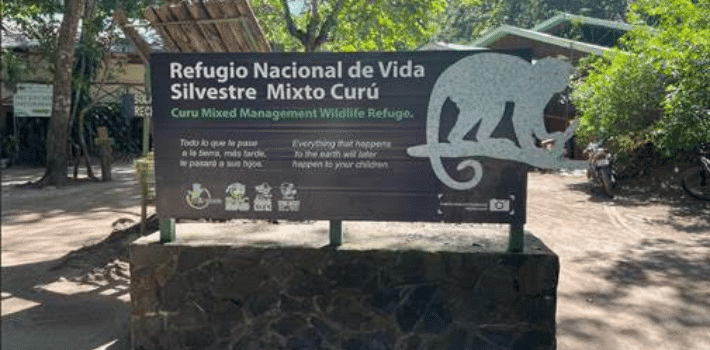
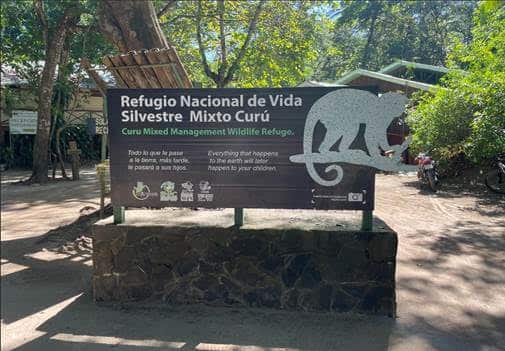
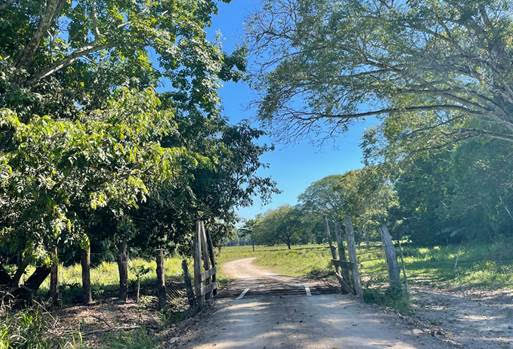
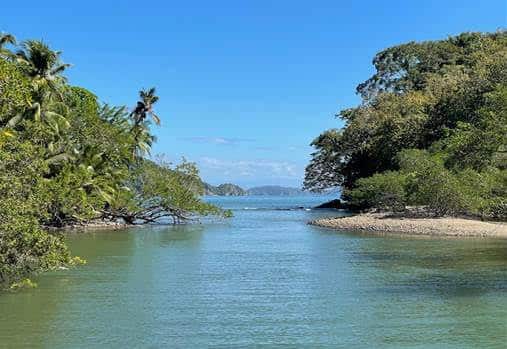
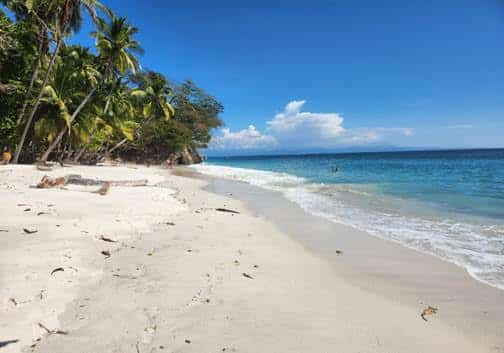
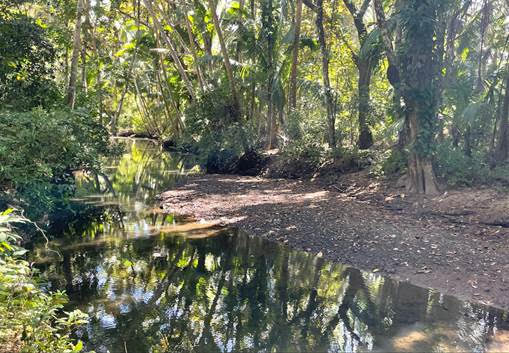
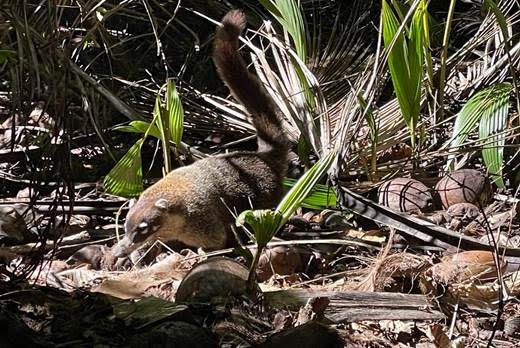
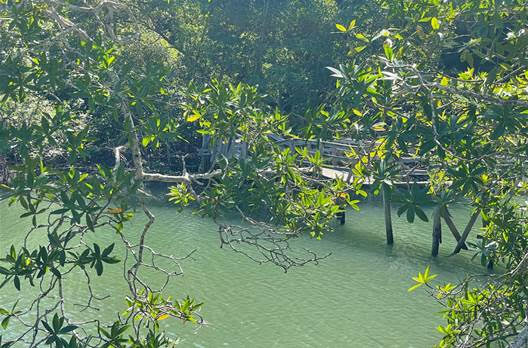
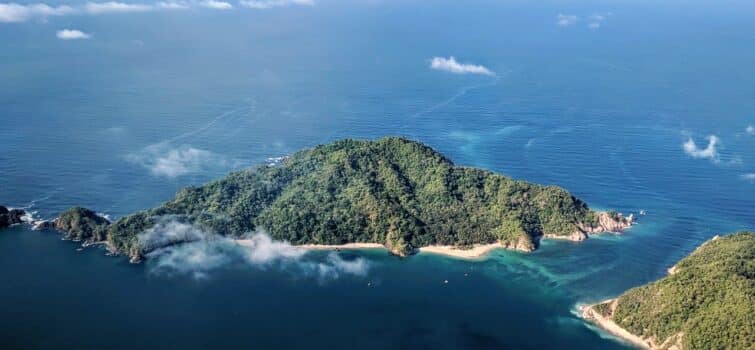




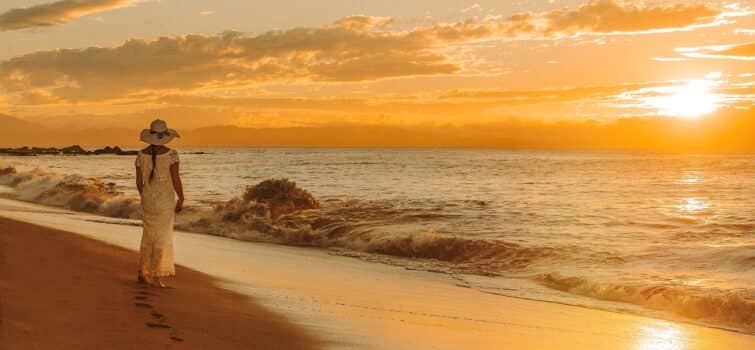
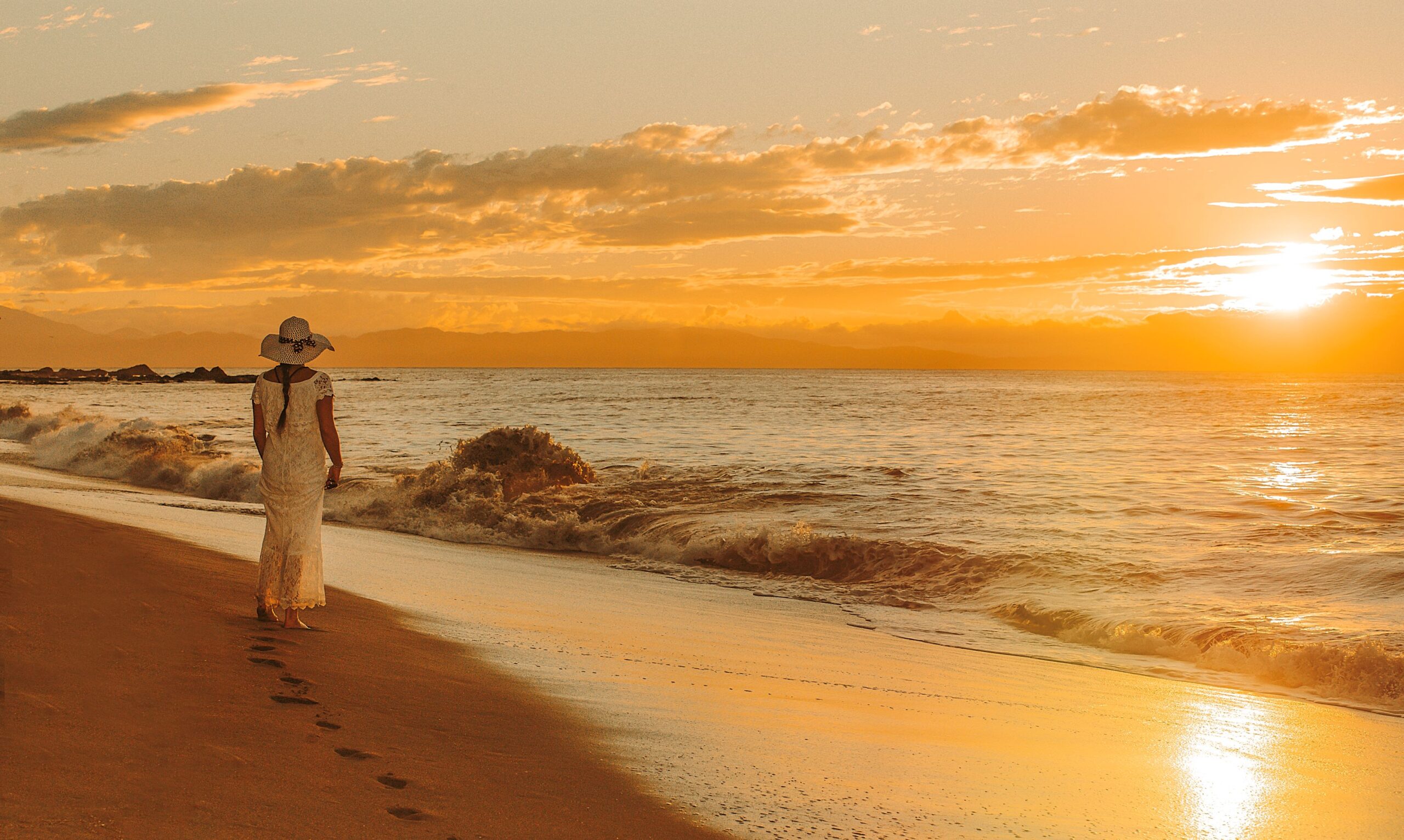
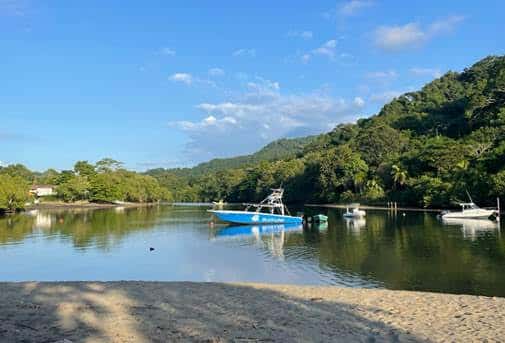
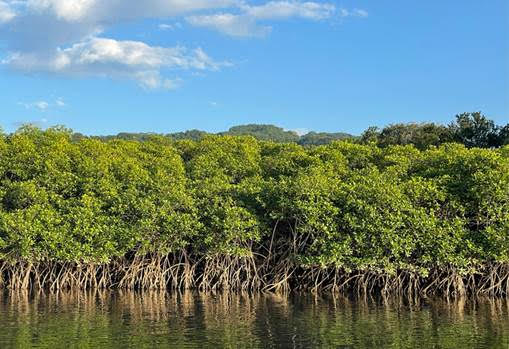
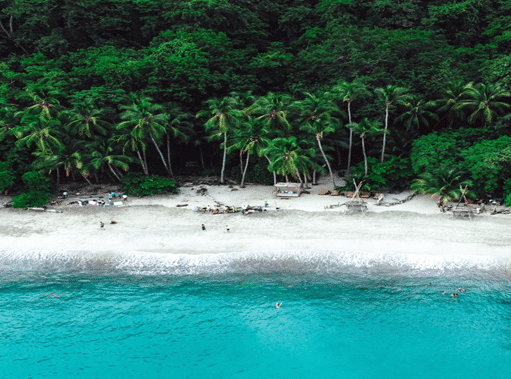
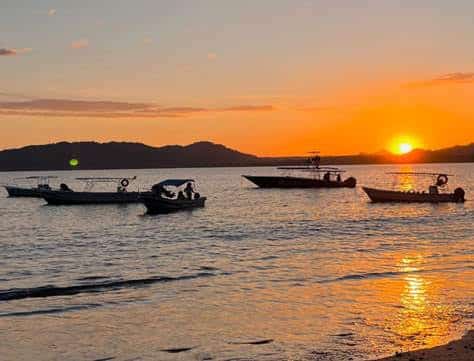
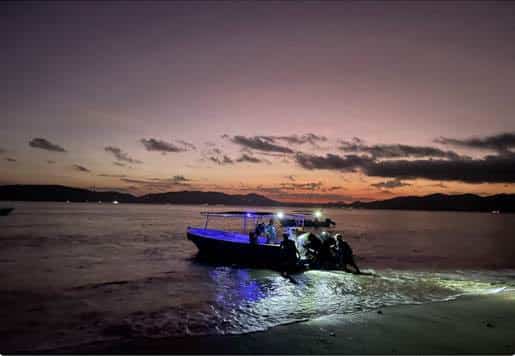
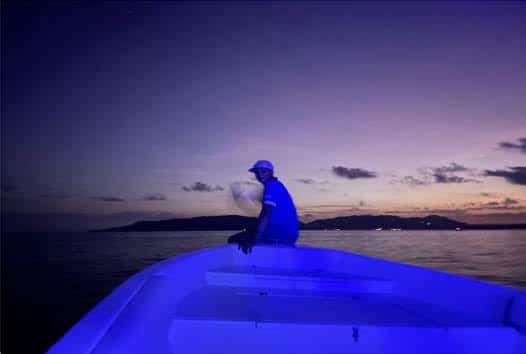
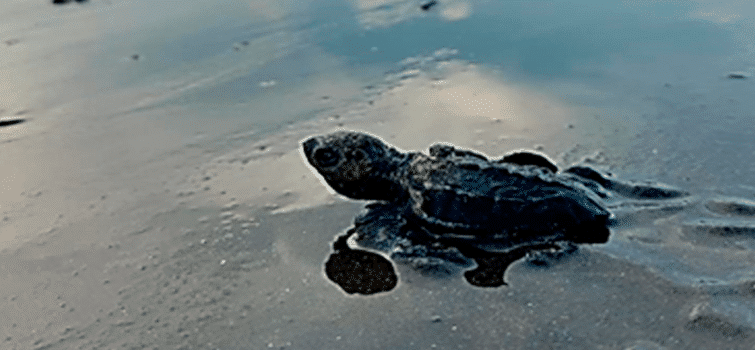





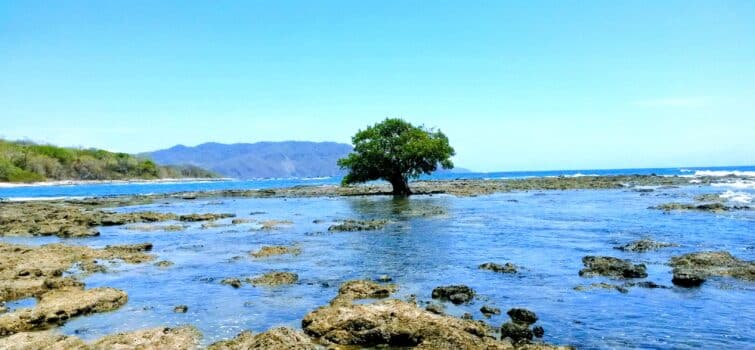
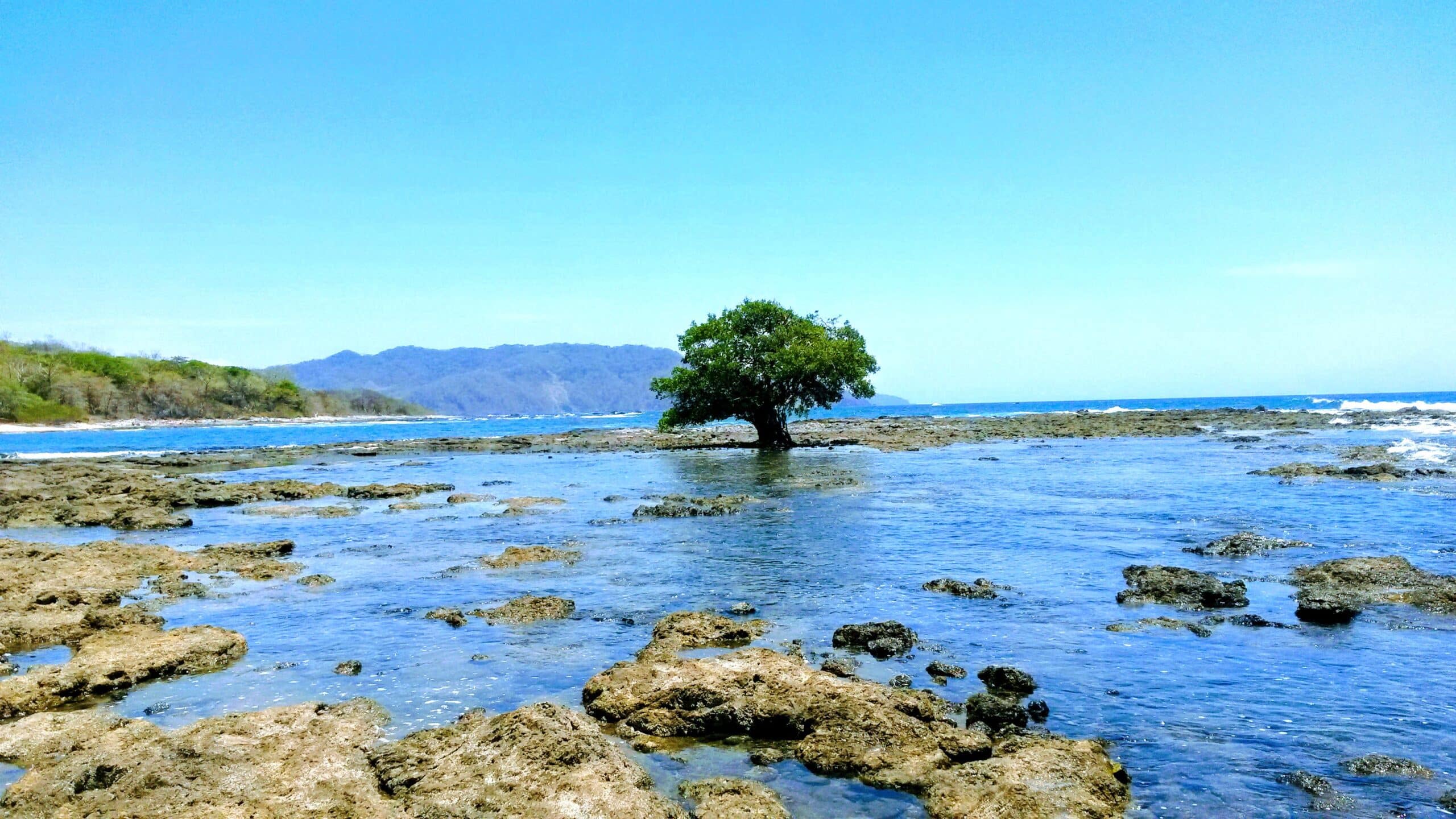
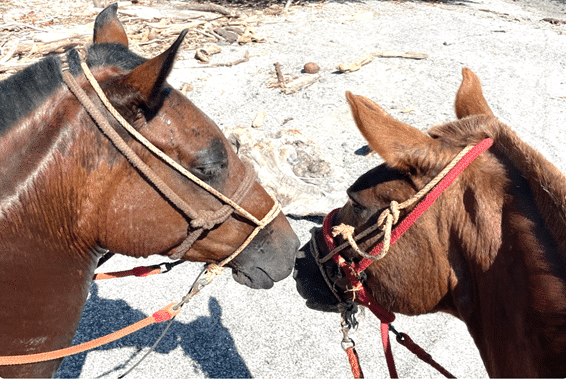
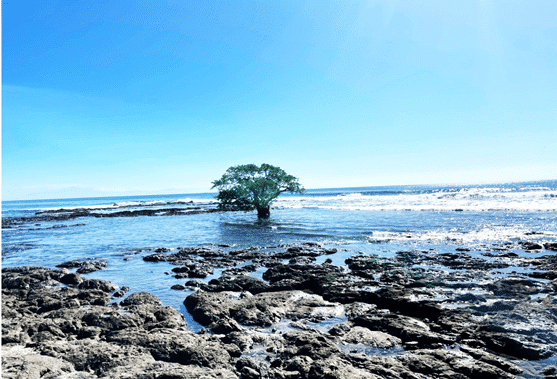
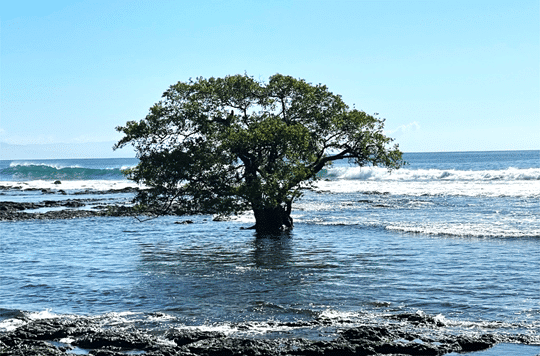
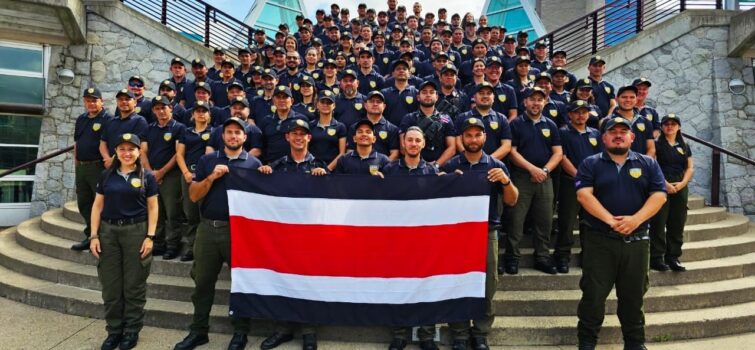
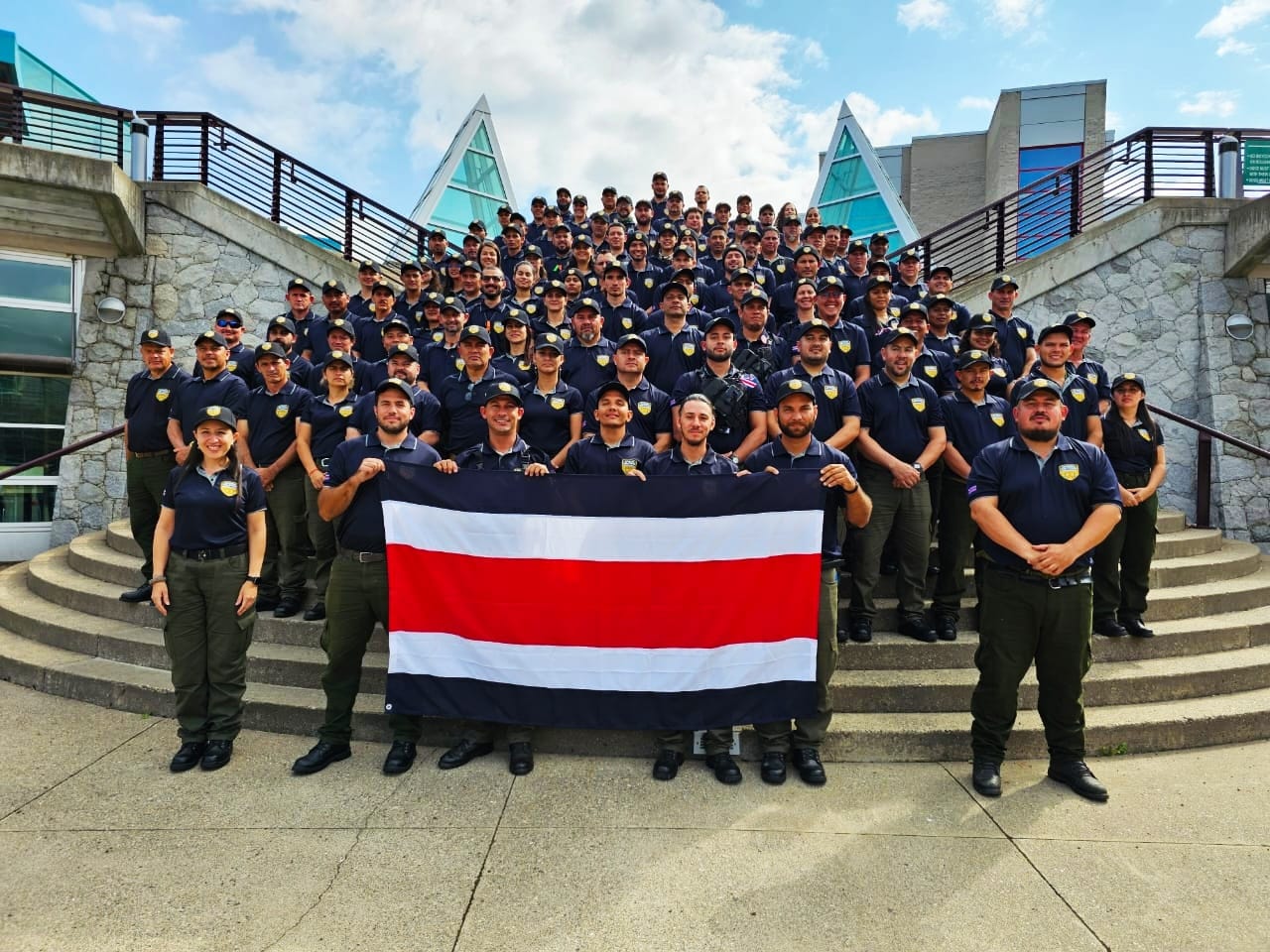
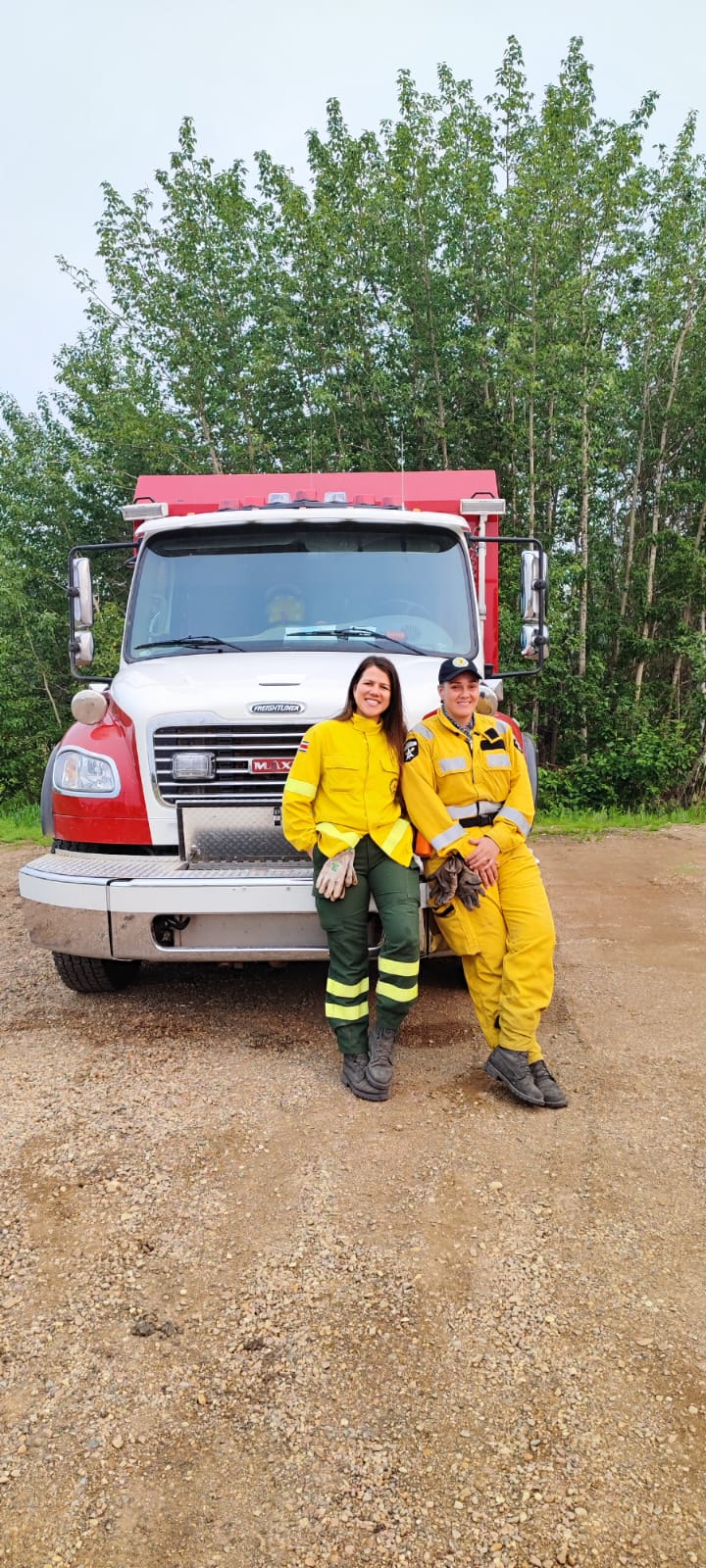
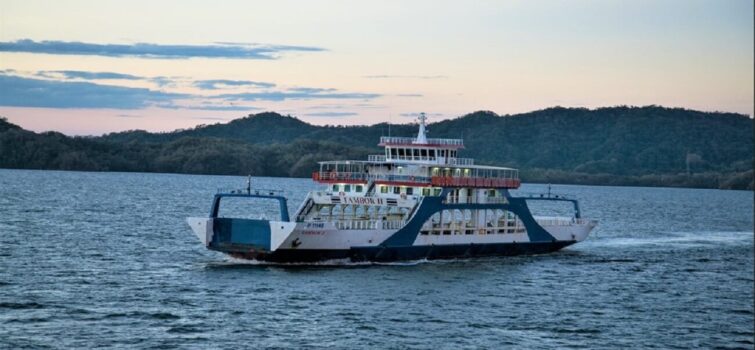
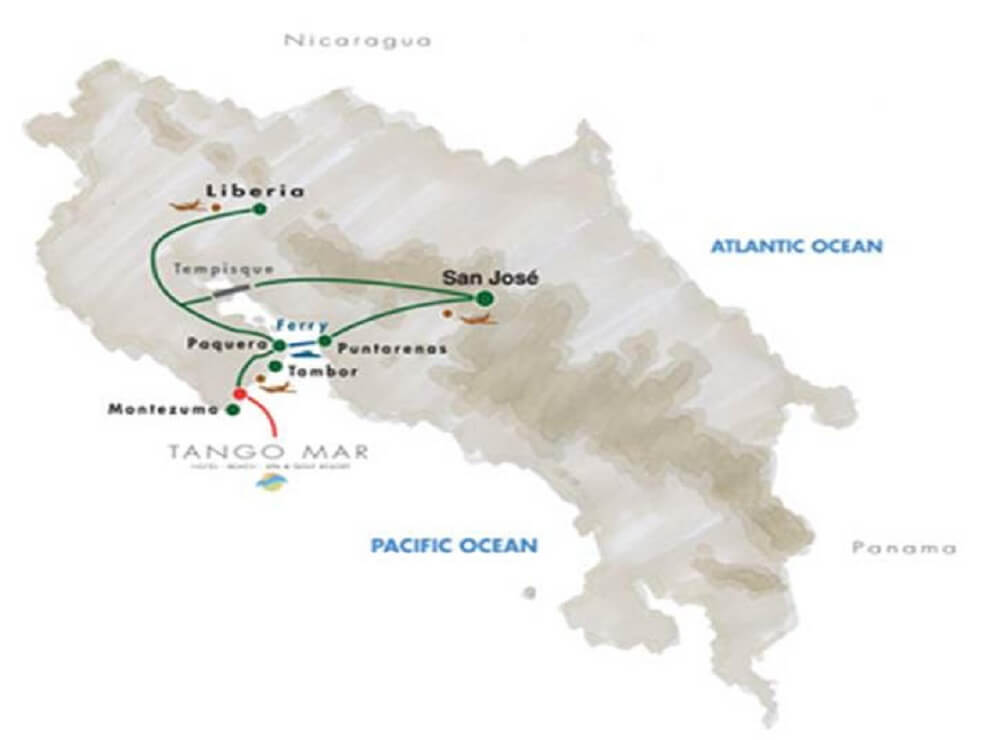
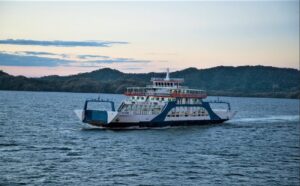
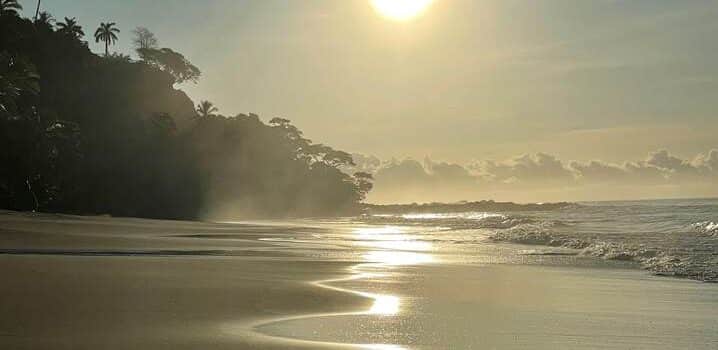
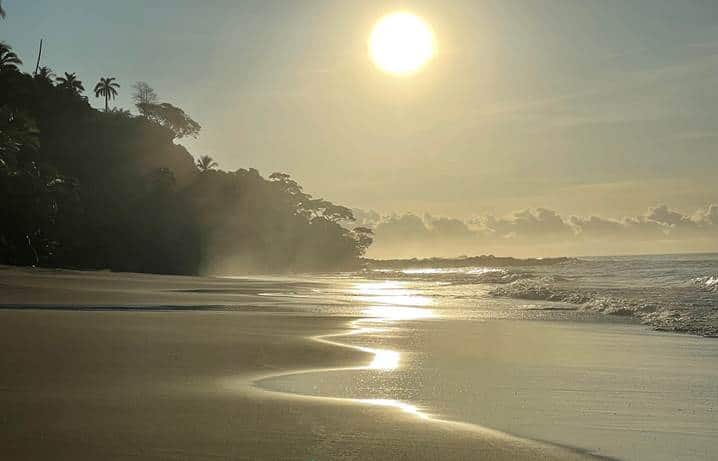

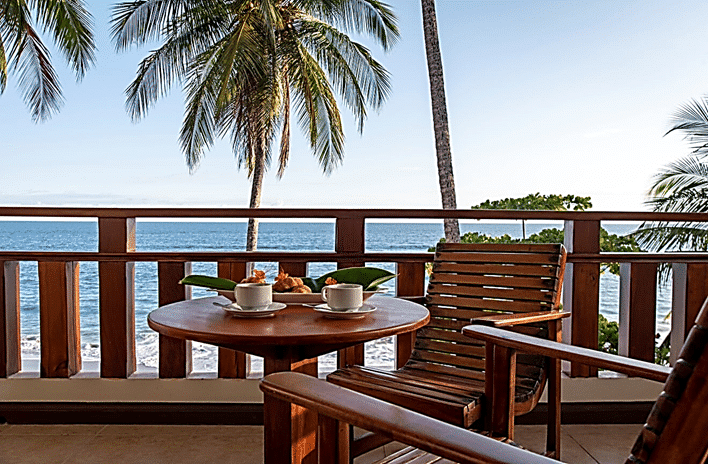
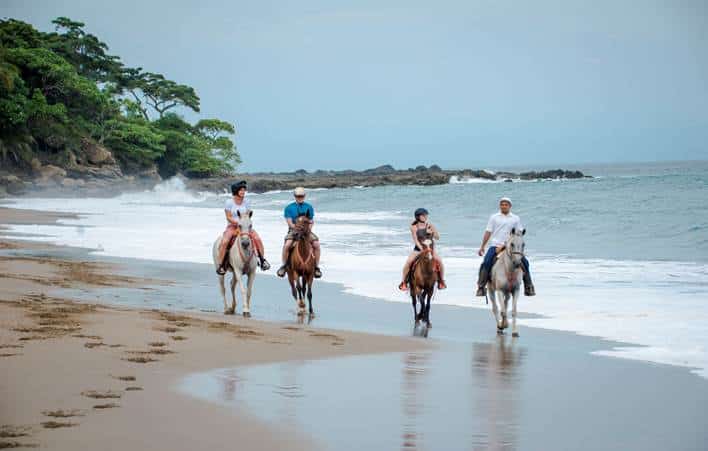
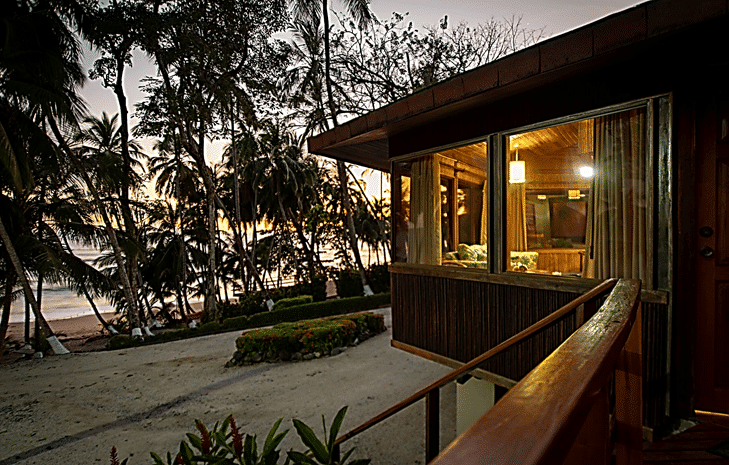
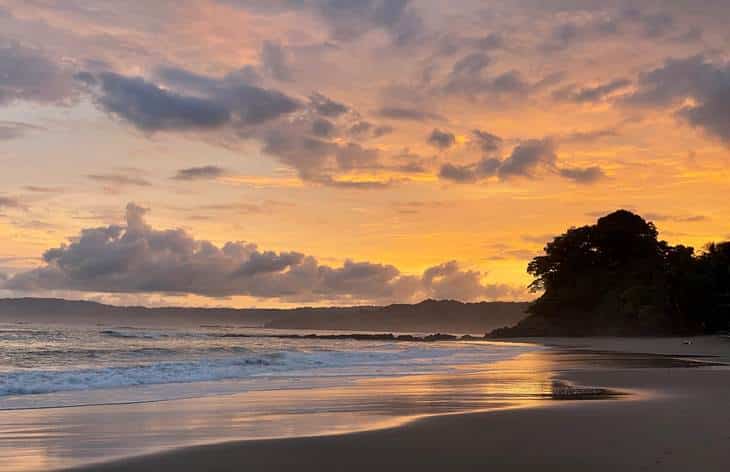
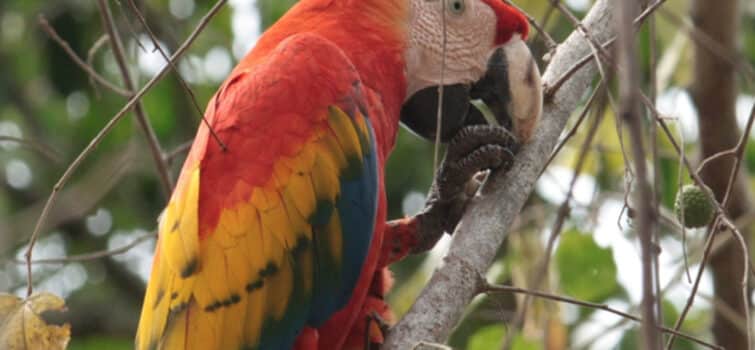
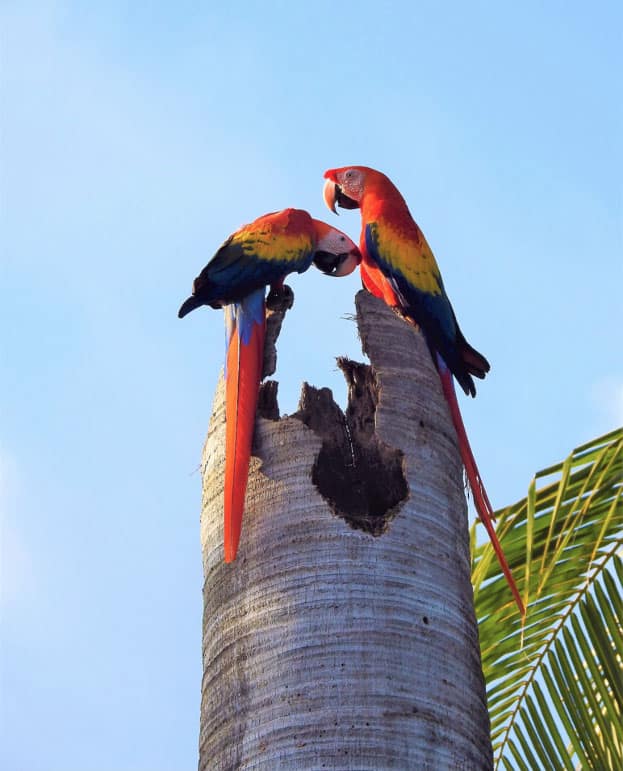
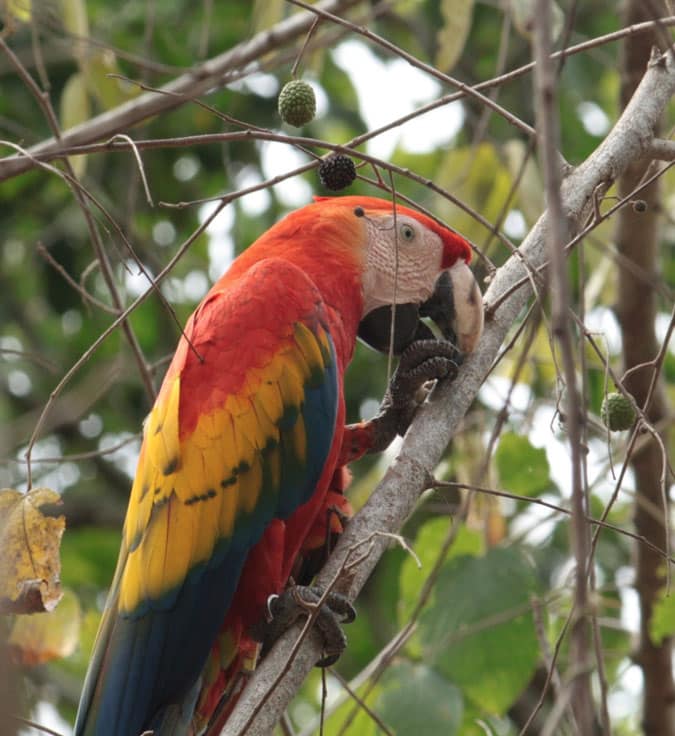
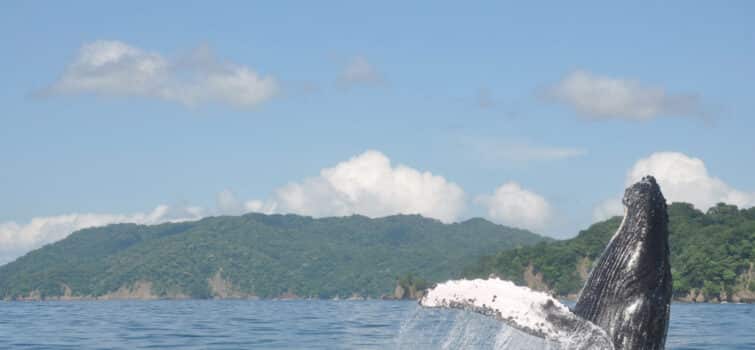
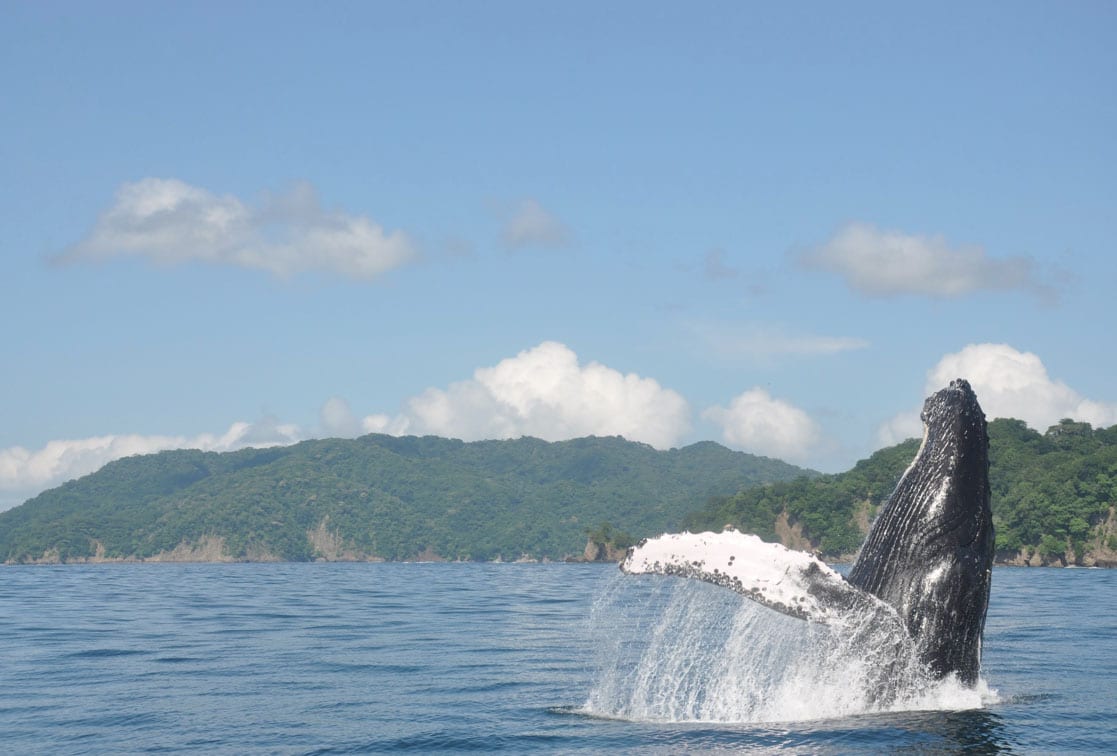
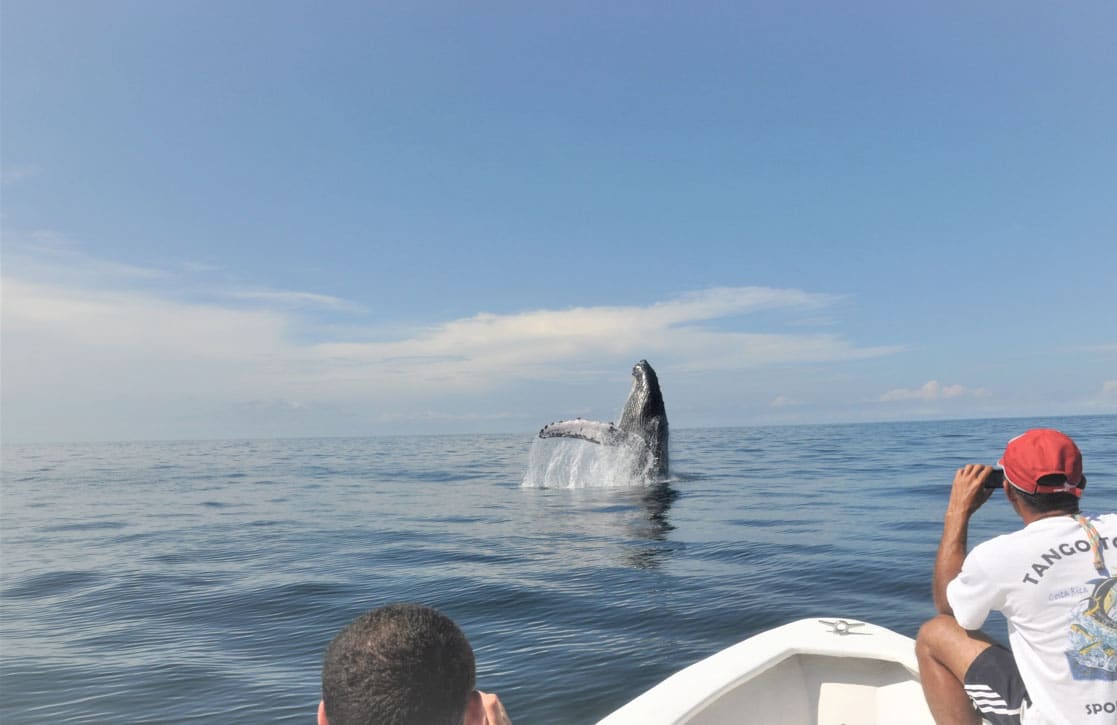
Recent Comments